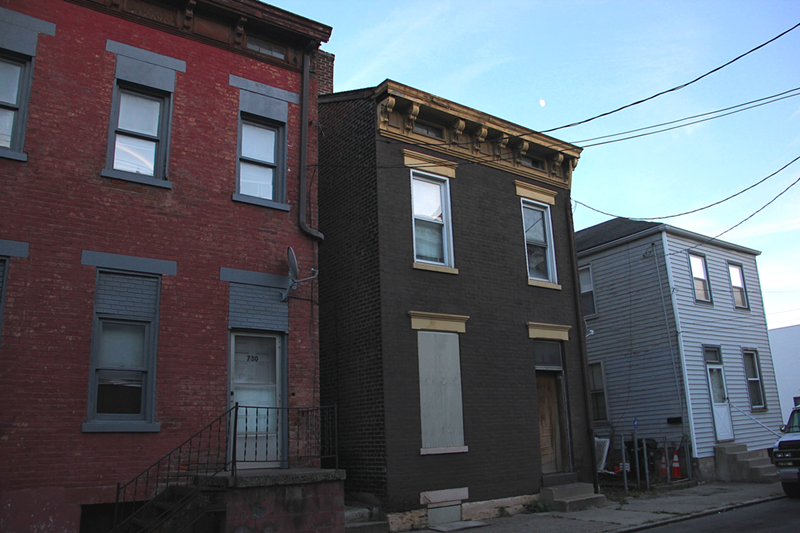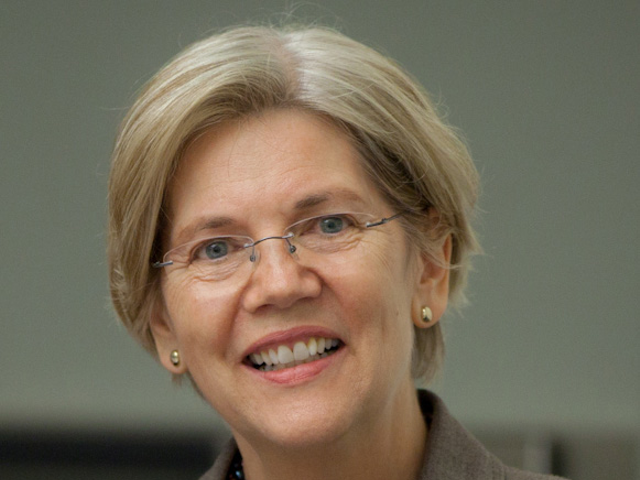Could Hamilton County’s thousands of vacant lots and homes help solve the area’s affordable housing shortage? That’s one idea groups launching an effort to draw up an overall housing strategy for Greater Cincinnati are looking into.
Local Initiatives Support Corporation Greater Cincinnati, the Greater Cincinnati Foundation, Legal Aid, the Port and community engagement firm Cohear are compiling data and public input to design a series of recommendations that could guide policymakers as they seek to address the big gap in affordable housing in the county.
Cincinnati hasn't had an overall housing strategy since the 1980s, LISC Greater Cincinnati Executive Director Kathy Schwab says — something potential funders ask about when the subject of funding solutions to the region's housing problem comes up.
“For people living in poverty, where they live and where they work are fundamental,” GCF Vice President of Community Strategies Harold Brown told Cincinnati City Council’s Budget and Finance Committee today. “So we embrace quality affordable housing as a real focus point in our work. We give lots of grants for folks who are doing great work in the housing space… but what we notice is that they’re very disjointed. There is great work going on in isolated pockets. Everyone is asking what’s the strategy, what’s the overarching plan for improving this issue in our community? And frankly, there isn’t one.”
Housing is affordable when residents living in it spend no more than one-third of their income on rent or mortgage and associated costs like utilities. Currently, Cincinnati needs roughly 30,000 more units affordable to low-and-moderate income residents. The county overall needs about 40,000 units, according to a study LISC completed in 2017.
The question is how best to address that problem. That’s what the effort, funded by GCF, PNC Bank, the Mayerson Foundation and JP Morgan Chase, looks to do.
One answer might be funding rehabilitation of vacant properties to add more housing stock in the region. Schwab says that when the organization commissioned its 2017 study, it found that the county has thousands of vacant parcels — land or empty buildings that could be used for housing.
“So we spent all of last year, with a grant from JP Morgan Chase and a bunch of data interns, inventorying about 10,000 parcels in the county,” she told a Cincinnati City Council committee today. “By my simple math, if we have a huge housing gap, why can’t we put families in these vacant homes? So we’ve started the quest to find funding to do that.”
Other cities like Detroit, Charlotte and Nashville have drawn up an overall strategy for meeting affordable housing needs and used it to raise money to address the problem.
Detroit raised $250 million for its housing strategy, Schwab said, pulling from city dollars and federal Community Development Block Grants, as well as contributions from banks and community foundations. The city is using the money for mixed-income development and rehabbing blighted properties into low-cost single-family homes.
Cincinnati’s strategies might be different, Schwab says — something that will come to light as the work on a housing strategy continues.
“It’s not just about money,” she said. “It’s about policy. We have issues around eviction. We have issues around homeless camps. There are a lot of things that could be addressed around this plan.”
The policies will be on Cincinnati City Council and city administration to piece together. Council member Tamaya Dennard says there are areas that may come into play there, including a reassessment of how the city hands out property tax abatements for development.
“The onus is on us to create policies,” she said. “You can fix the here and now, but if you don’t have the policies, you’ll be right back here.”
Council member Chris Seelbach said he hoped that the effort would reveal more about at what price points efforts are needed.
“Low-income housing is incredibly important,” he said. “We don’t have enough of it in the city. But I also don’t think we have enough workforce housing — housing for people who are making $30,000 to $60,000. They can’t afford $1,500 a month in rent, but maybe they can afford $600 or $700.”
Schwab says a lot of the details — what price level the city and county should focus on, how much money will be needed and other issues — will emerge as research continues.
LISC hopes to have a housing strategy recommendation incorporating four to six focus areas ready by the end of the year. That’s also when Cincinnati will need to present a consolidated plan — an assessment of housing and development needs — to the U.S. Department of Housing and Urban Development, which doles out key federal funding for housing and community development projects.
The effort should involve large amounts of public engagement, Schwab says.
“This is not our plan,” she said. “This is for the community. We’re just here to provide the funding and to put the boots on the ground.”






